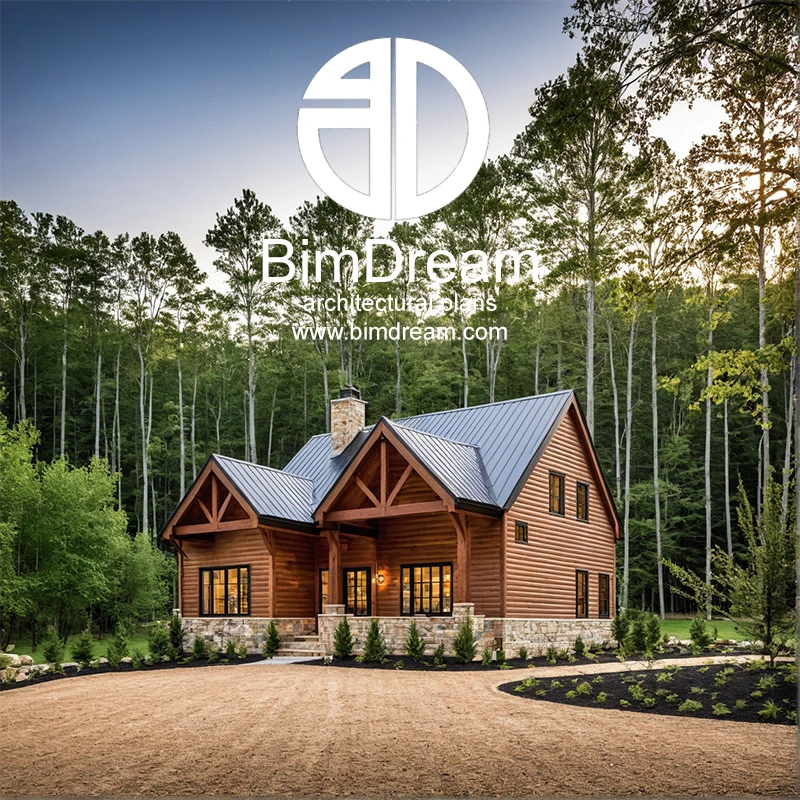Blog
Timber in Architecture
The Role of Timber in Architecture: A Sustainable and Timeless Material
Timber has been one of the most essential and widely used materials in architecture for centuries. From ancient wooden temples and medieval timber-framed houses to modern and sustainable structures, timber continues to be a fundamental element in architectural design. Its strength, versatility, sustainability, and aesthetic appeal make it an invaluable material for both traditional and contemporary construction. As architects and builders increasingly focus on eco-friendly and renewable resources, timber is experiencing a resurgence as a leading material in sustainable architecture.
Historical Significance of Timber in Architecture
Timber has been used in construction for thousands of years. Early civilizations, including the Japanese, Nordic, and Indigenous cultures, relied on wood for building homes, temples, and community structures. Traditional Japanese architecture, for example, showcases the elegance and durability of timber, as seen in ancient pagodas and shrines that have stood for centuries. Similarly, European timber-framed houses, particularly in Germany, England, and Scandinavia, highlight wood’s structural integrity and aesthetic warmth.
In North America, early settlers used timber for log cabins, barns, and bridges, taking advantage of the abundant forests. Over time, timber-frame construction evolved, integrating new techniques to enhance durability and efficiency. Today, advancements in engineered wood products allow timber to be used in high-rise buildings and modern urban developments, proving that this material remains as relevant as ever.
Advantages of Timber in Modern Architecture
Timber continues to be a preferred material in architecture due to its numerous benefits:
-
Sustainability and Environmental Benefits
Timber is a renewable and eco-friendly building material. Responsibly harvested wood from certified forests contributes to carbon sequestration, helping reduce greenhouse gas emissions. Unlike concrete and steel, which require energy-intensive production, timber has a low carbon footprint and can be recycled or repurposed after use. -
Strength and Durability
Despite its lightweight nature, timber offers impressive structural strength. Innovations such as cross-laminated timber (CLT) and glued laminated timber (Glulam) have enhanced wood’s durability, making it a viable alternative to traditional materials in high-rise and large-scale construction. CLT, in particular, is revolutionizing the industry by enabling the construction of tall wooden buildings that are both strong and sustainable. -
Aesthetic Appeal and Design Flexibility
Timber’s natural beauty brings warmth and character to architectural spaces. Whether used for exposed beams, wooden facades, or interior finishes, wood enhances the visual and sensory experience of a building. Architects appreciate timber’s versatility, allowing for curved, modular, and organic designs that are difficult to achieve with other materials. -
Energy Efficiency and Insulation Properties
Timber acts as a natural insulator, helping regulate indoor temperatures and reduce energy consumption. Buildings with wooden structures require less heating and cooling, making them energy-efficient and cost-effective over time. -
Speed and Efficiency in Construction
Prefabricated timber components can be assembled quickly and efficiently, reducing construction time and labor costs. This makes wood an attractive option for both residential and commercial projects, where speed and budget considerations are crucial.
Timber in Contemporary Architecture
Modern architects are pushing the boundaries of timber construction. Innovative projects in Norway and the Canada showcase timber’s potential in skyscraper construction. Cities around the world are increasingly embracing mass timber technology, integrating wood into urban environments as a sustainable alternative to traditional concrete and steel.
In addition to high-rises, timber is widely used in residential homes, cultural centers, bridges, and commercial buildings. Architects often combine wood with glass, steel, and concrete to create contemporary, hybrid designs that highlight both tradition and innovation.
Challenges and Future Prospects
Despite its many advantages, timber construction faces challenges such as fire resistance concerns, susceptibility to pests, and maintenance requirements. However, modern treatments and fire-resistant coatings have significantly improved wood’s safety and durability. Additionally, as governments and construction industries prioritize sustainability, more research and development in mass timber technology will likely expand wood’s role in future architecture.
Timber is a versatile, sustainable, and aesthetically pleasing material that has played a crucial role in architecture for centuries. With the rise of eco-friendly design and sustainable building practices, timber is making a strong comeback as a preferred material for both traditional and modern structures. As innovations in engineered wood and mass timber construction continue to evolve, timber’s future in architecture looks bright and promising. By embracing wood as a renewable and efficient resource, architects can create beautiful, durable, and environmentally responsible buildings for generations to come.

